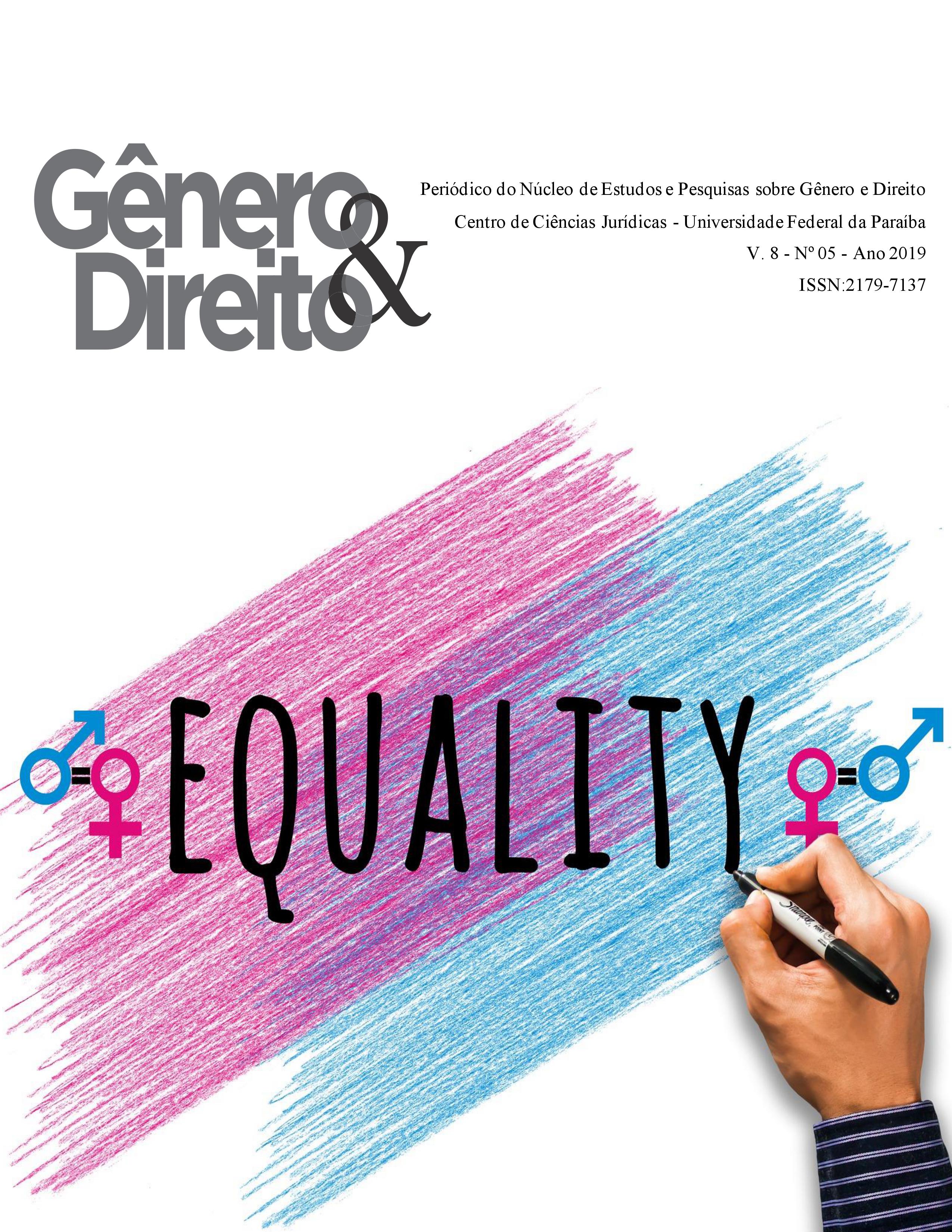ENHANCING THE EFFICIENCY OF IRAN KHODRO PERSONNEL THROUGH MODELLING THEIR IN-SERVICE TRAINING
DOI:
https://doi.org/10.22478/ufpb.2179-7137.2019v8n5.48678Palavras-chave:
Iran Khodro Personnel, Quality of In-service Training, Organizational Factors, Educational Factors, Individual FactorsResumo
Today, authorities of organizations must contemplate the success and status of their units. An alternative to increasing the scientific growth of organizations is to provide in-service educational courses for the personnel. The current research aimed to present a model to improve the quality of the in-service training of Iran Khodro personnel. This was an applied research in terms of the objectives and descriptive-exploratory in terms of the methodology. Based on the theoretical framework of the research, organizational, individual, and educational factors were considered as the influential factors in improving the quality of in-service training for Iran Khodro personnel. A questionnaire was applied to explain the model and collect the required data. The sample size was determined using the Cochran’s formula, and the subjects were selected via simple random sampling. Data analysis was performed in SPSS and LISREL using descriptive and inferential statistics (confirmatory and exploratory factor analysis). According to the results of the descriptive statistics, the mean quality of in-service training and organizational, individual, and educational factors were estimated at 3.83, 3.74, 3.66, and 3.45, respectively. According to the inferential statistics using factor analysis, the obtained results indicated that the response categories raised in the research tool were organizational, individual, and educational factors. As such, the model was developed to improve the quality of the in-service training of Iran Khodro Personnel based on the mentioned factors.Downloads
Não há dados estatísticos.
Referências
Carol P, Demands FD. Continuous Quality Improvement: Integration Best Practice in to Teacher Education. The Journal of Educational Management. 2016; 211(9): 2-4.
Chaichi P. Methods of In-service Training, Tehran: Agah Publications. 2012.
Ebrahimi S.H. The Role and Effect of Factors Affecting the Quality of In-service Training Courses from the Viewpoint of Employees in District 9 of Tehran Transmission Operations. The First Virtual Conference on Education . 2013.
Jafari M, Khazarlou J. Evaluation of Effect of Physical Space on the Quality of Learning (Education) of Students of Valiasr Education Center of Tabriz. Quarterly Journal of Law Enforcement Studies. 2015; 35: 1-20.
Daneshfard K. Calendar of Short-term Educations in Islamic Azad University. Reading Office. 2009; 36-50.(in Persian)
Reamers E. Teacher Professional Development: An International Review of Literature. Paris, UN publication. 2015.
Khanian S, Rabi M. Human Resource Education Planning (Foundations and Processes). Tehran: Mehr Borna Publications. 20011.
Fathi Vajargah K. Planning of In-service Training of Employees. Tehran: Samt Publications . 2015.
Hunge T. The relation of training practices and organizational performance in the Medium Enterprise. Journal of Education and Traning.2018; 5(8-9): 44-437.
Ayton J.E. In Cervices Training For Teacher in Nzo schwa aces in Organizations (3rd). New Jersey: Prentice Hall. 2018.
Al-Hosseini H. The Theory of Continuous Engineering of C.E.O Organization (Explaining the Originality of Permanent Change in the Structure of Organizations as Field of Individual and Social Development), Bandar Abbas: University of Hormozgan . 2016.
Goldstein V.S. The Impact of TPACK pre-service teacher confidence in embedding ICT in to curriculum areas. Education Technology Research Development. 2016; 55: 547-572.
Defileps L, Wise L. The role of tutors in facilitating online student engagement. Wrest Point. Hobart Tasmania Australia. Proceedings ascilite 2011 Hobart: Concise Paper. 2014.
Kreck M.H. Discussing teaching videocassette online: Perspectives of pre service and in-service EFL teachers in Taiwan. Computers & Education.2015; 59(1):120-133.
Wood hall M. Cost-Benefit Analysis in Education planning. Paris: UNESCO/IIEP.2017.
Abtahi H. Human Resources Training and Development. 2nd Edition, Tehran, Sazman-e Gostaresh Institute for Education Planning and Studies .2015
Chaichi P. Methods of In-service Training, Tehran: Agah Publications. 2012.
Ebrahimi S.H. The Role and Effect of Factors Affecting the Quality of In-service Training Courses from the Viewpoint of Employees in District 9 of Tehran Transmission Operations. The First Virtual Conference on Education . 2013.
Jafari M, Khazarlou J. Evaluation of Effect of Physical Space on the Quality of Learning (Education) of Students of Valiasr Education Center of Tabriz. Quarterly Journal of Law Enforcement Studies. 2015; 35: 1-20.
Daneshfard K. Calendar of Short-term Educations in Islamic Azad University. Reading Office. 2009; 36-50.(in Persian)
Reamers E. Teacher Professional Development: An International Review of Literature. Paris, UN publication. 2015.
Khanian S, Rabi M. Human Resource Education Planning (Foundations and Processes). Tehran: Mehr Borna Publications. 20011.
Fathi Vajargah K. Planning of In-service Training of Employees. Tehran: Samt Publications . 2015.
Hunge T. The relation of training practices and organizational performance in the Medium Enterprise. Journal of Education and Traning.2018; 5(8-9): 44-437.
Ayton J.E. In Cervices Training For Teacher in Nzo schwa aces in Organizations (3rd). New Jersey: Prentice Hall. 2018.
Al-Hosseini H. The Theory of Continuous Engineering of C.E.O Organization (Explaining the Originality of Permanent Change in the Structure of Organizations as Field of Individual and Social Development), Bandar Abbas: University of Hormozgan . 2016.
Goldstein V.S. The Impact of TPACK pre-service teacher confidence in embedding ICT in to curriculum areas. Education Technology Research Development. 2016; 55: 547-572.
Defileps L, Wise L. The role of tutors in facilitating online student engagement. Wrest Point. Hobart Tasmania Australia. Proceedings ascilite 2011 Hobart: Concise Paper. 2014.
Kreck M.H. Discussing teaching videocassette online: Perspectives of pre service and in-service EFL teachers in Taiwan. Computers & Education.2015; 59(1):120-133.
Wood hall M. Cost-Benefit Analysis in Education planning. Paris: UNESCO/IIEP.2017.
Abtahi H. Human Resources Training and Development. 2nd Edition, Tehran, Sazman-e Gostaresh Institute for Education Planning and Studies .2015
Downloads
Publicado
2019-10-28
Como Citar
EFTEKHARI, R. .; RAZAVI, S. E. .; FARIBORZI, E. . ENHANCING THE EFFICIENCY OF IRAN KHODRO PERSONNEL THROUGH MODELLING THEIR IN-SERVICE TRAINING . Gênero & Direito, [S. l.], v. 8, n. 5, 2019. DOI: 10.22478/ufpb.2179-7137.2019v8n5.48678. Disponível em: https://periodicos.ufpb.br/ojs2/index.php/ged/article/view/48678. Acesso em: 13 abr. 2025.
Edição
Seção
Seção Livre

